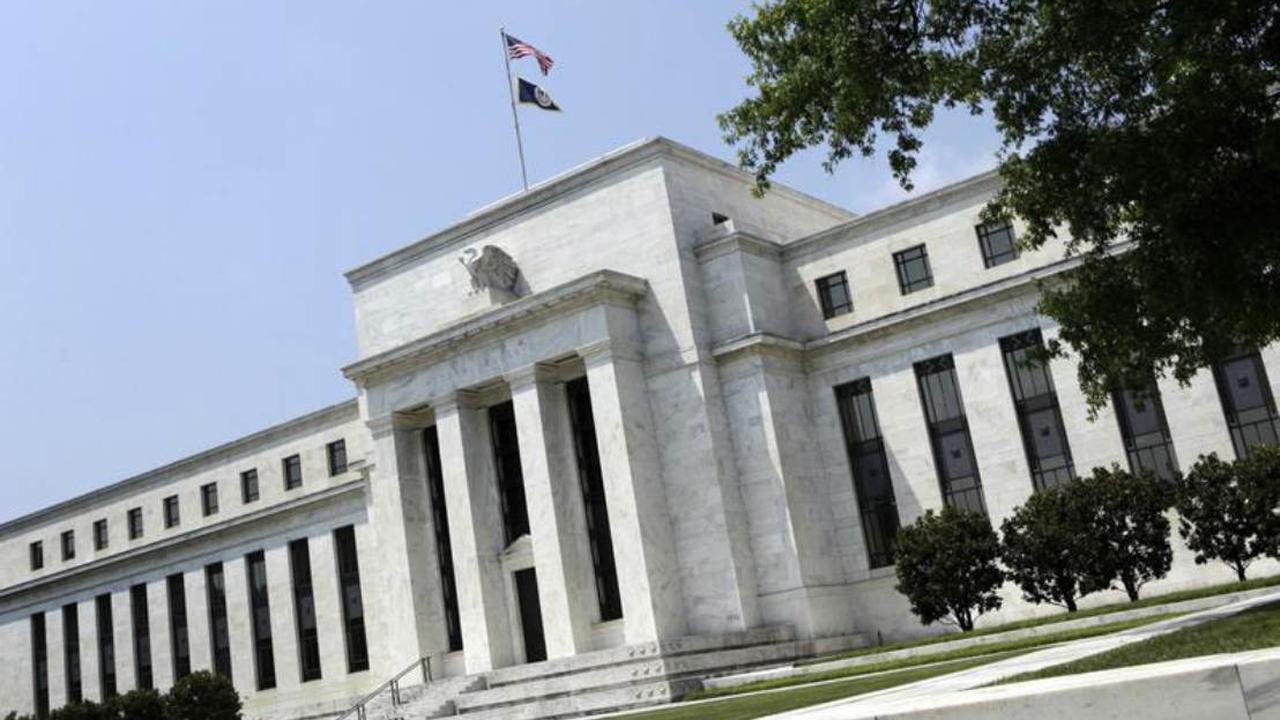Investors seek Fed clues on inflation, economy
The Federal Reserve on Wednesday is widely expected to pave a way forward for reducing its large balance sheet. Investors are mostly looking past that news, instead watching for the central bank’s views on inflation and the U.S. economy.
With the conclusion of the Fed’s September meeting on tap, U.S. stocks have climbed to new highs this week amid continued optimism over the economy. The markets have responded positively to strength in the labor market and robust corporate earnings, largely shrugging off the Fed’s shift from dovish recession-era policies.
“It’s really more about the economy than what any central banks are saying or doing,” said Ryan Detrick, senior market strategist at LPL Financial. “We’ve had very low inflation. That has the Fed scratching their head, with low unemployment and aging economic cycle. At the same time, the economy looks good, and we’ve seen strong earnings.”
The Fed has already detailed how it will slash a nearly $4.5 trillion portfolio. In June, members of the Federal Open Market Committee introduced a plan to allow as much as $6 billion worth of government bonds and $4 billion in mortgage-backed securities to roll off its balance sheet each month. The Fed will raise the cap every quarter, ultimately shedding $30 billion in Treasury bonds and $20 billion in mortgage bonds per month.
The Fed is expected to turn its attention to interest rates later this year. Persistently low inflation, as well as costly destruction from Hurricanes Harvey and Irma, have dampened the odds of a rate hike in December. Still, market trends signal a better-than-even chance that the Fed stays the course and lifts the federal funds rate another quarter of a percentage point. The last rate hike came in June, when the Fed set the fed funds rate to a range of 1% to 1.25%.
Fresh data on the economy reinforced projections for a December rate hike. The consumer price index rose 0.4% in August, the Labor Department said last week. Inflation is now up to 1.9% over the past 12 months, bringing it closer to the Fed’s 2% target.
“The report contributed to the shifting view that the Fed may, indeed, raise rates once again in December, a view that had been discounted following months of frustratingly low inflation readings,” Ameriprise Chief Market Strategist David Joy said in a note to clients.
Investors will be closely watching Fed Chairwoman Janet Yellen’s press conference Wednesday for her views on the latest inflation data, while the economic impact of recent hurricanes in Texas and Florida also remains a central theme. The Atlanta Fed cut its forecast for third-quarter GDP to 2.2% from 3%, though it cited disappointing retail sales and industrial production, Joy noted. Moody’s Analytics said Harvey and Irma may have caused up to $200 billion in combined damage.
Beyond the Fed’s September meeting, stocks could enter a stretch of volatility in October as third-quarter earnings begin to roll in and a December rate hike comes to the forefront. Detrick said the S&P 500 has gone 10 months without a 3% correction, the second-longest streak in history. October is also one of the most volatile times for the markets, historically.
“Could the Fed potentially kick off the normal volatility we see this time of year? We wouldn’t be shocked,” Detrick said.




















